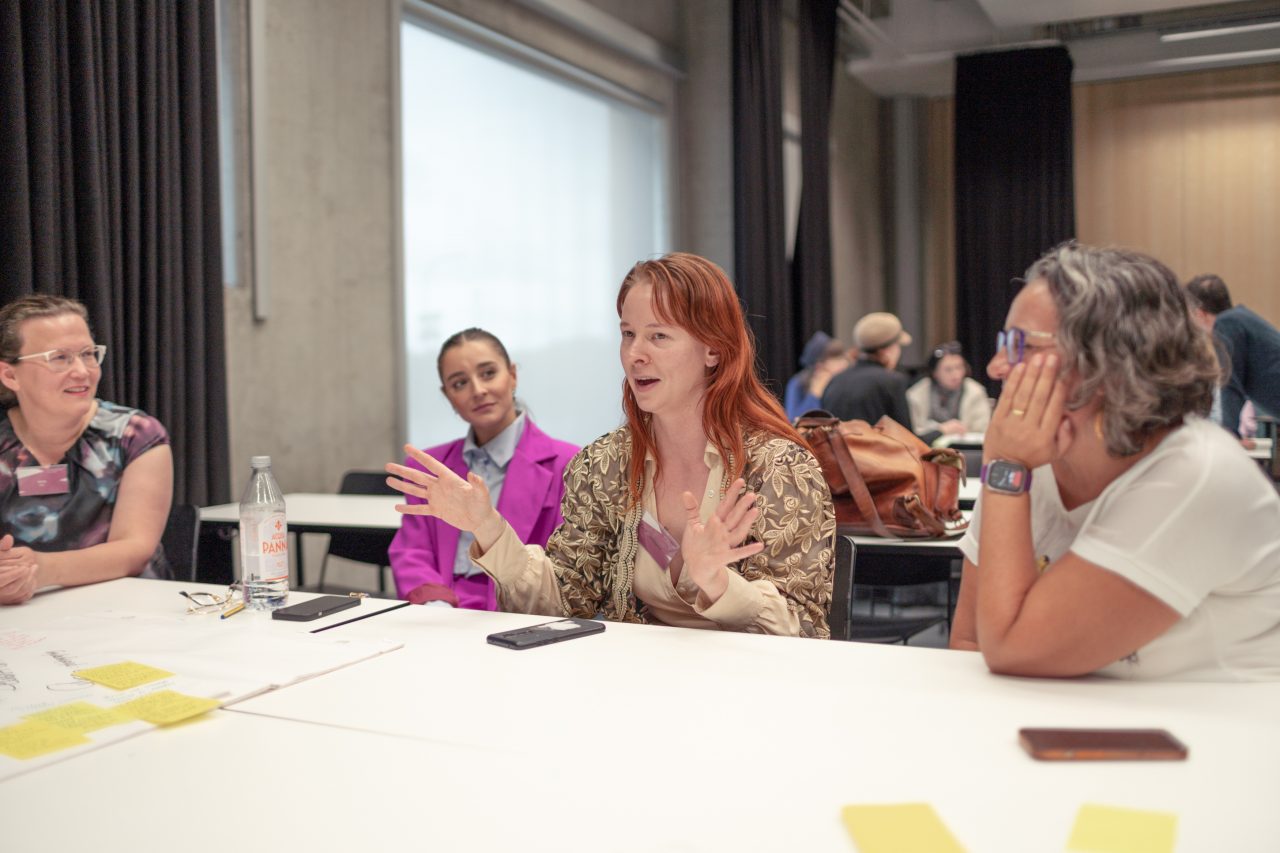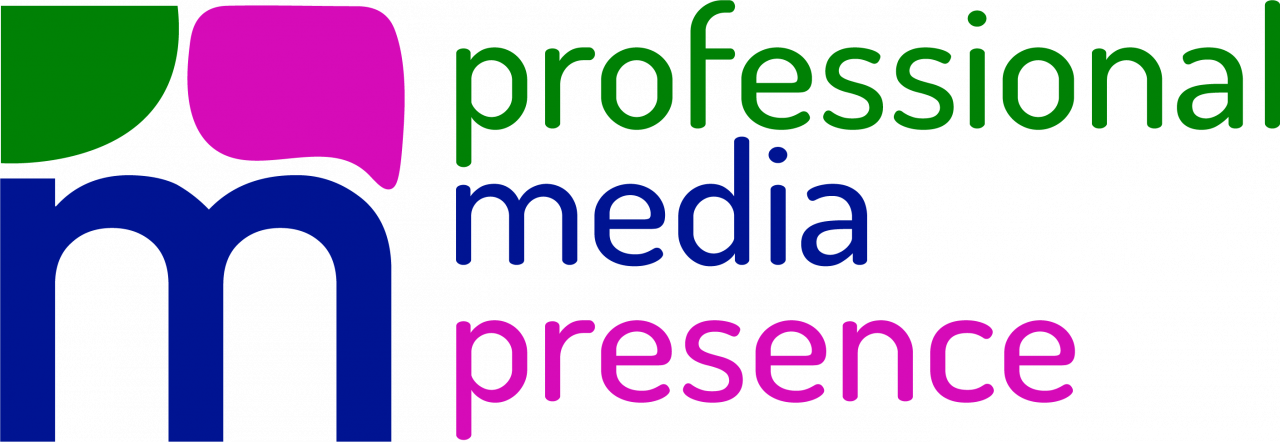
Kati Koivunen, Ph.D. (Econ. & Bus. Admin.), Senior Lecturer, Responsibility in Business and Services, Lapland University of Applied Sciences.
Marjo Jussila, MA (Industrial Design), Specialist, Digital Solutions, Lapland University of Applied Sciences.
Panu Pohjola, MA (Theatre & Drama, Lighting Design), Senior Lecturer, Digital Solutions, Lapland University of Applied Sciences.
In today’s interconnected world, digital media has become an indispensable tool for artists across all disciplines. From visual arts to music, literature to film, the integration of digital technology has revolutionized the way creators conceptualize, produce, and disseminate their work. The prevalence of social media platforms, online galleries, and digital distribution channels underscores the profound impact of the digital age on the artistic landscape.
Studies on the creative sector (Hoedemaekers, 2018; Schörpf et al., 2017) demonstrate a significant shift towards digital media environments for artistic expression and consumption. According to a recent survey (Mattila, 2022), a growing number of Finnish artists rely on digital tools and platforms to showcase their work and connect with audiences worldwide. Moreover, digital technology has empowered artists of all backgrounds to express themselves in new and innovative ways, transcending geographical and cultural boundaries. Yet, amid this digital renaissance, artists face challenges such as keeping pace with digital well-being (Archetti, n.d.), tensions between art and commerce (Preece & Kerrigan, 2015) paradox between artist authenticity and branding, changes in identity (Kucharska & Mikolajczak, 2018).
It is within this context that initiatives like the Professional Media Presence (PMP) project emerge as beacons of innovation and opportunity. By providing an inclusive networking platform tailored for artists, particularly those with fewer opportunities, PMP seeks to the divide between artistic aspiration and media presence. The National Artist Teams (NATs) initiative is a central component of the PMP project, aimed at empowering artists throughout Europe. Comprising artists from diverse backgrounds, NATs collaborate locally and across partner organizations in six EU countries (Finland, Croatia, Italy, Malta, Slovakia, and Spain). They convene monthly to co-create and learn from each other and expert lectures, fostering a supportive environment. Despite facing challenges such as minority status or financial constraints, NAT members are eager to develop their careers internationally. As part of the PMP project (see Fig. 1), NATs can participate in five rounds of seminars, the workshop weeks and apply for residencies, supported by travel and accommodation expenses. The collaborative efforts of NAT groups culminate in a joint exhibition scheduled for 2026. This exhibition will be physically hosted in six cities, yet accessible to everyone online regardless of their geographical location. Additionally, in 2026, we plan to release the Professional Media Presence toolkit for artists, comprising insights and best practices gathered from online seminars, workshops, and residencies.

Figure 1: Visualization of the progressive stages of the PMP process.
At the core of the PMP project lies a dynamic approach called ‘from artist to artist’ (FATAA) which is about artists coming together, not just to learn from each other, but to brainstorm and figure out how to present themselves and their work in today’s digital world. Think of it as a creative jam session where artists share ideas, swap techniques, and push boundaries. This approach encourages experimentation and innovation, giving artists the freedom to explore new ways of expressing themselves.
Artists embrace peer-to-peer learning
The National Artist Teams (NATs) initiative is a pivotal aspect of the Professional Media Presence (PMP) project, designed to empower artists across Europe. These NATs, comprising artists from diverse backgrounds and locations, collaborate within their local groups and across the seven partner organizations in six EU countries. They convene monthly to discuss art, co-create and learn from each other and expert lectures, fostering a supportive environment of peer support and positive energy. The NATs are composed of artists eager to develop their careers internationally, despite facing challenges such as minority status, societal, financial, or geographical obstacles. As part of the PMP project, NAT members have the opportunity to apply for Professional Media Presence Workshop Weeks, where travel, accommodation, and food expenses are supported, along with a per diem for the artists. During these weeks, collaboration occurs with NATs from other countries, contributing to the creation of methods and raw materials for the PMP toolkit. Participants are also eligible to apply for a two-month residency, allowing for further development of toolkit materials and personal artistic endeavors. The project culminates in an international exhibition, providing NAT artists the chance to showcase their work simultaneously across six locations in Europe.
While PMP offers artists a transformative journey, providing hands-on experiences and collaborative opportunities to navigate digital media and professional development intricacies, it also cultivates an environment that nurtures continuous learning and artistic growth. Illustration and textile artist Ezgi Tanriverdi, along with visual artist Anna Alm, highlight the rewarding conversations outside formal sessions. Initially attracted to the project for collaboration within Lapland and Finland, Tanriverdi found inspiration in the diverse backgrounds of fellow artists worldwide. Transitioning from a lifelong passion to a dedicated profession since their undergraduate years, Tanriverdi, now pursuing a Master’s degree, seeks to further their artistic growth. Engaging in spontaneous discussions about being an artist during PMP meetings prompted deep reflection on motivations and aspirations, leading to newfound clarity and direction in their artistic practice. Reflecting on this experience, Tanriverdi notes:
“Sometimes the right questions must be asked to evoke answers that I wouldn’t have thought about if it weren’t for those questions.”
Alm emphasizes the opportunity to collaborate with other artists, exchange ideas, and learn from each other. They state:
“I’ve been inspired by performing artists’ way of working and how challenging it is compared to visual arts. For example, art can influence construction decisions. I heard about an art project that aimed to protect the Turku allotment garden area. It seemed like a significant issue. Angela’s (one of the NATs) videos reminded me of how important it is to address truly impactful matters.”
Workshops offer diverse benefits for the artists
Another compelling illustration of the significance of uniting artists, particularly through the FATAA approach, is evident in our workshops, each centered around specific themes. During the autumn of 2023, we assembled for a workshop in Turku (Image 1), offering artists their initial exposure to the essence of FATAA. The feedback garnered from this workshop yields valuable insights, which can be categorized into four distinct areas.
1) Personal and professional development: The workshop week catalyzed both personal and professional development, offering valuable insights and inspiring experiences. Through networking and collaboration with fellow artists, participants gained new skills, broadened their understanding of artistic projects and international programs like Erasmus, and discovered resilience in the face of challenges. The opportunity to present their art in English and engage with diverse cultural perspectives contributed to their growth as individuals and artists.
2) Cultural exchange: The workshop week facilitated meaningful cultural exchange and connection, as participants immersed themselves in Finnish culture while forming bonds with artists from around the world. From experiencing Finnish cuisine and sauna rituals to forging friendships with fellow Maltese artists, the week was transformative, fostering a sense of community and collaboration across borders.
3) Inspiration and collaboration: Participants were inspired by their interactions with peers and experts, gaining new perspectives and ideas that fueled their creativity. Collaborative projects, such as the invitation to collaborate with an Italian dance team, provided exciting opportunities to merge different artistic disciplines and explore new avenues of expression.
4) Inclusivity: The workshop week emphasized inclusivity and equal treatment for all participants, regardless of background or ability. Artists with diverse experiences and challenges, including those with learning disabilities, found a supportive environment where they could showcase their talents and be seen as equals. This visibility not only validated their contributions but also opened doors to new opportunities for collaboration and professional growth.

Image 1: Embracing FATAA: artists Anna Alm (left), Sabrina Saviano, Elina Tienhaara and Karen Briffa exchange ideas in a workshop session held in Turku in autumn 2023. (Photocredit Eliška Kondelíková).
Overall, this first workshop week was a transformative experience that left a lasting impact on the artists. From learning new skills to embracing cultural diversity, the week prompted reflection and growth, setting the stage for continued artistic exploration and collaboration in the future. The first workshop served as only the starting point, with four additional workshops yet to unfold. With ongoing participation from the same artists, the potential for even deeper collaboration and synergy grows exponentially.
The project consists of five rounds, each comprising a seminar, a workshop week held in selected partner countries, and concluding with residencies. Through these activities, the project aims to empower artists to harness the full potential of media in their creative endeavors. In the best scenario and result of the project, artists emerge empowered to seize control of their media presence, crafting a space uniquely their own in the vast online landscape. They harness the power of media not only as a platform to curate their personal brand and promote their artwork but also as a versatile tool for both creating and showcasing their artistic expressions. With newfound proficiency in navigating digital platforms, artists transform from passive consumers to active creators, leveraging technology to amplify their voices and showcase their creativity to the world.
Summary
Funded by the European Union’s Creative Europe program, the PMP project embodies a commitment to fostering innovation and facilitating robust collaboration among artists within the cultural and creative sectors. The urgency of addressing the professional media presence of artists is undeniable. As society becomes increasingly reliant on digital technology for communication, commerce, and culture, artists must equip themselves with the skills and knowledge necessary to thrive in the digital age. By embracing initiatives like PMP, artists can collaborate effectively, seizing the opportunities afforded by digital media to enrich their artistic practice and expand their reach in an ever-evolving landscape.

References
Archetti, S. (n.d.). Do You Really Need Social Media as an Artist? Retrieved from https://www.serenaarchetti.com/blog/do-you-really-need-social-media-as-an-artist 13.3.2024
Hoedemaekers, C. (2018). Creative work and affect: social, political and fantasmatic dynamics in the labour of musicians. Human Relations 71: 1348–1370. https://doi.org/10.1177/0018726717741355
Kucharska, W. & Mikołajczak, P. (2018), “Personal branding of artists and art-designers:necessity or desire?”, Journal of Product & Brand Management, 27:3 pp.249-261. https://doi.org/10.1108/JPBM-01-2017-1391
Mattila, T. Luovien alojen ansaintalogiikan murros. Ministry of Education and Culture. Retrieved from https://ipruc.fi/wp-content/uploads/IPR_Luovat_alat_WEB_Aukeama.pdf 14.3.2024
Preece, C. & Kerrigan, F. (2015). Multi-stakeholder brand narratives: an analysis of the construction of artistic brands, Journal of Marketing Management, 31:11-12. 1207-1230, https://doi.org/10.1080/0267257X.2014.997272
Schörpf, P., Flecker, J., Schönauer, A., & Eichmann, H. (2017). Triangular love–hate: Management and control in creative crowdworking. New Technology, Work and Employment, 32(1), 43–58. https://doi.org/10.1111/ntwe.12080
Keywords: online media, digital media, media readership, storytelling, art, media presence